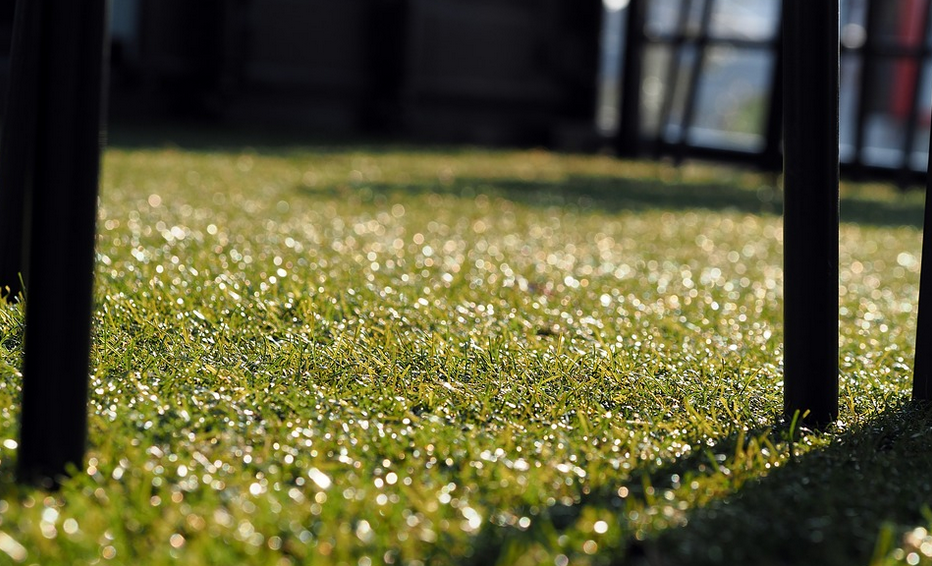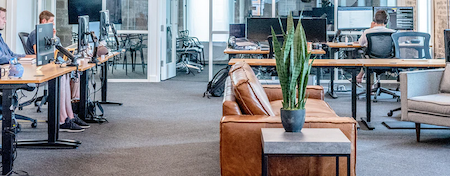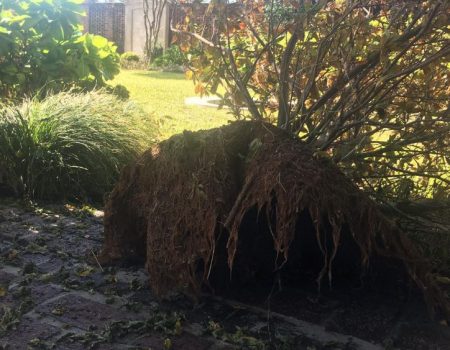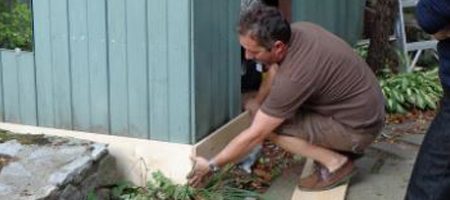The first glance of artificial grass can sound like an attractive proposition and has many benefits to suit today’s lifestyle that is fast paced. Artificial grass has been gaining popularity for being eco-friendly as it doesn’t need to be watered, mowed, or even fertilised. The new generations of artificial grass now often look so much like the real thing. Just install it into your garden and you don’t even have to worry about keeping it healthy and alive. Artificial grass is like placing a big carpet outdoors. It must be hoovered and kept free from dirt and foreign objects. Artificial grass has been used in the replacement of natural grass lawns in commercial and residential properties and the making of athletic venues. Here are the pro and cons of artificial grass.
Pros
Durability
Artificial grass is high quality and durable and able to withstand any type of weather conditions. It is fade resistant, dig proof from animals, won’t fray at the edges, and extremely stain resistant.
Water conservation
Using artificial grass helps in the reduction of water use and not having to sacrifice the aesthetically pleasing standards. It is friendly on your budget and eco-friendly to a huge extent.
Non-allergenic
Artificial grass will not cause any pollen as natural grass. It doesn’t grow so you can enjoy your garden in any season summer, winter, autumn, or spring.
Return on investment
With artificial grass it pays for itself after a few years, with thanks to not having the expense of the ongoing care and maintenance like a natural grass.
No harmful chemical residues
Fake grass requires no fertilisers, herbicides, and pesticides to remain bug free and beautiful. It is also environmentally safer and safer for families also.
The surface is safer
Humps and dips can develop with natural grass that could cause an injury if children, pets, or even adults may trip while running or playing. Fake grass is evenly surfaced and smooth all the time.
Low maintenance costs
There are little maintenance costs with fake grass as opposed to natural grass. Natural grass must be mowed, sprayed, de weeded on a regular basis to keep it maintained and looking its best. From time to time it may need hoovering and sometimes little repairs, but it is far less expensive than the upkeep of natural lawn grass and care.

Cons
Odour build up
Artificial grass must be cleaned otherwise it will start to fester. Several type of fake grass are prone to holding odours and can build up a smell over time if they are not cleaned.
Concerns of toxicant running off
There have been concerns of running off water from rubber infills could be environmentally harmful to people, and pets. Research has been carried out for many years which has shown only little toxic residue levels and many different infill materials available.
Heat surface
Artificial grass holds more heat than natural grass, so it will feel warmer to touch. Some of the infills will also see a rise in the surface temperature. Fake grass will go on fire, however if something hot fell on it like hot charcoal it could melt. Artificial grass can be repaired.
Fake grass can become a breeding ground for some bacteria
Artificial grass can become a ground for bacteria to grow. Research has shown that staphylococci can stay present on a plastic type in the making of fake grass for more than 90 days. Any skin, blood, or any biological materials that are present on the grass if they are not washed away, they will create a ground for bacteria to grow.



